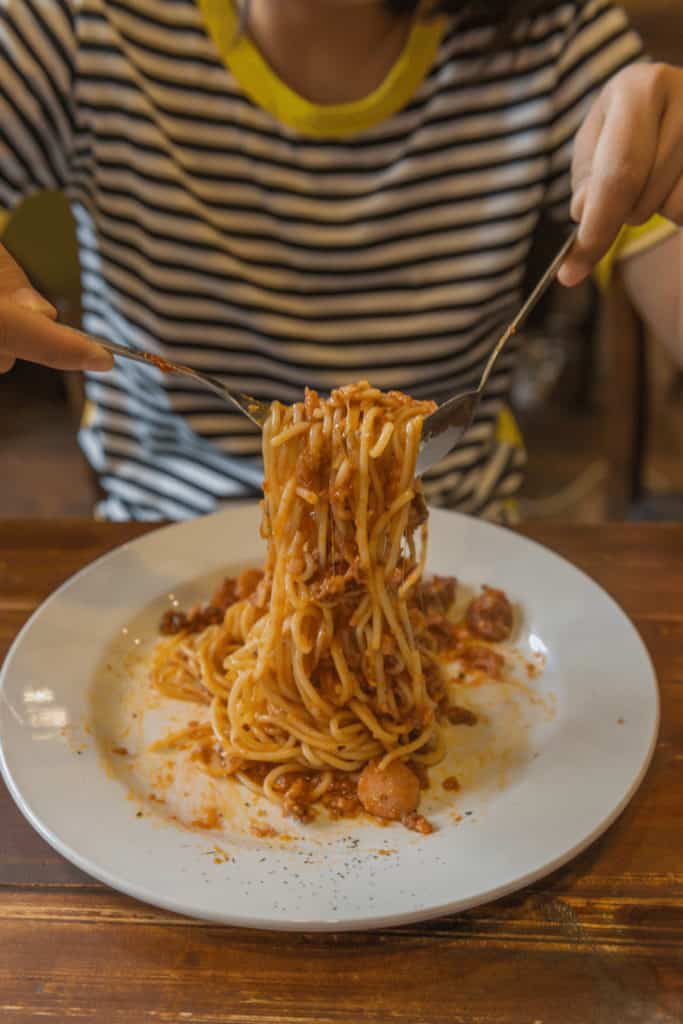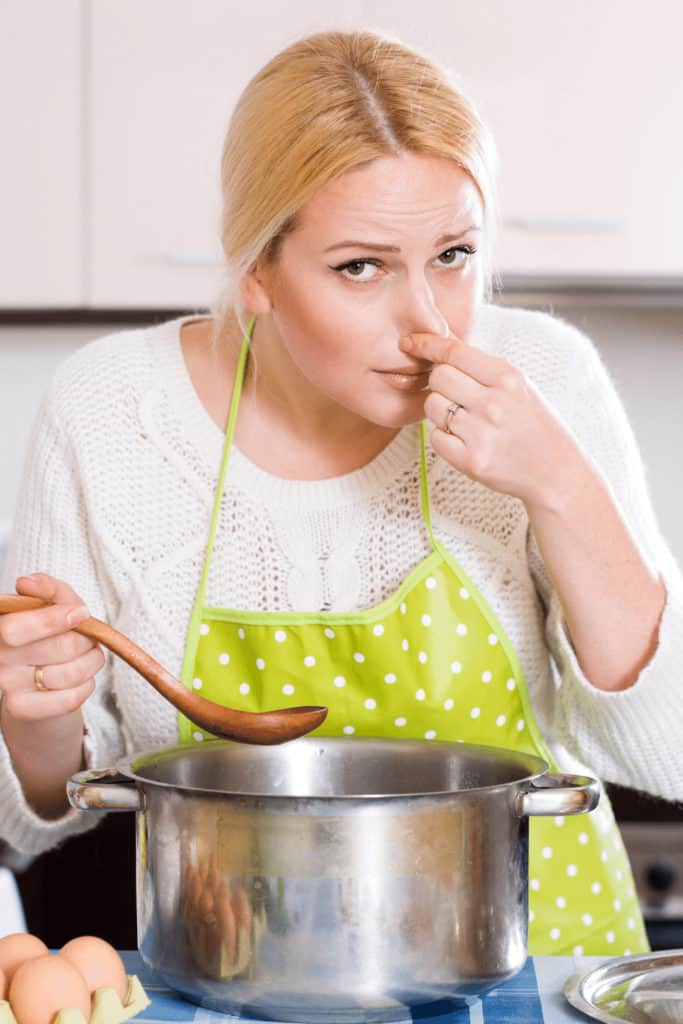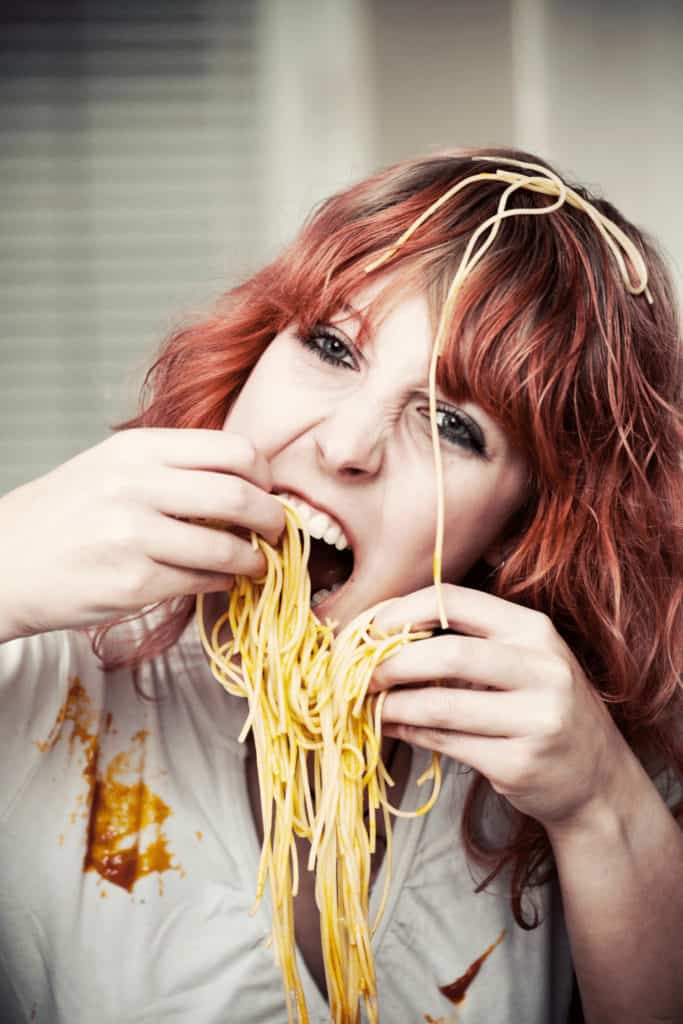I left some Spaghetti Bolognese out overnight. Is it still safe to eat? We have all been there. We are too tired to clean up after a busy day at work or too caught up in a night spent catching up with friends that we forget to put things away before bed.
We resolve to clean up first thing the next morning and discover that some delicious food has been left out all night, this time, some Spaghetti Bolognese.
Wasting food is a shame and there is a variety of things we can do with those leftovers. Now the question is, is that spaghetti still safe to eat or should you toss it in the bin?
I Left some Spaghetti Bolognese out overnight – Is it Still Safe to Eat?
Spaghetti Bolognese that has been left out overnight is not safe to eat. Food deteriorates in quality very quickly, especially in warmer temperatures. In as little as two hours, your Spaghetti Bolognese will be host to a lot of harmful bacteria that may cause food-borne illnesses.

How long can food be left out at room temperature?
As a general rule of food safety, the USDA advises that food should never be left out at room temperature without proper refrigeration for more than two hours.
Illness-causing bacteria especially love warmer temperatures and thrive and proliferate quickly between the temperatures of 40°F and 140°F (4°C to 60°C).
This is what is known as the “Danger Zone” of food. In these temperatures, bacteria multiply quickly, with some estimates saying that the growth can be exponential, doubling in as little as 20 minutes.
If the room temperature is above 90°F (or 32°C), this can happen even more quickly, reducing the advised window of safety to just one hour.
The USDA recommends that leftovers or food that will not be consumed right away should be properly stored in the refrigerator or freezer.
If your Spaghetti Bolognese has been left sitting out at room temperature overnight, I do not think it will be safe to eat following the USDA food safety regulations.
Signs of food spoilage
Cooked pasta, rice, meat, and dairy are high-risk foods for food spoilage and are especially temperature-sensitive.
It is highly likely that after sitting out for several hours to overnight in a warm room, improperly stored, your Spaghetti Bolognese will be showing some signs of spoilage the morning after, and thus will not be safe to eat.
1. The texture might be different.
Fresh pasta that is good to eat should be soft and tender and not slimy or gummy.
If your pasta looks slimy, it should be thrown out right away.
This texture change usually comes before you see some visible mold on the surface.

2. The color might have changed.
Freshly cooked pasta is of a yellow, golden color.
If it has turned into a lighter white or light grey color, it is a sign that it has gone bad. Bolognese sauce should be red or brown in color.
If it turns any other color or if you see some mold, it should immediately be tossed in the bin.

3. The smell might be off.
Since Bolognese is a cooked meat sauce and may also have some cheese, the smell or odor will probably be one of the first indicators the morning after that it has begun to spoil.
Meat goes rancid easily and any off-putting odor from the dish is a clear sign that it is not fit for consumption and should be thrown out.
Our sense of sight, smell, and touch can help us a lot in determining whether the food is fit for consumption or not, but sometimes, we would not see any visible signs of spoilage even if we follow the guidelines above.
I think it is important to remember that just because the food looks or seems okay, it does not always mean that it is safe to eat.
Even if there is no visible sign of spoilage, there could be harmful bacteria that we do not see.
Knowing how the food was handled and if proper storage requirements are met will be our best bet in protecting us from food-borne illnesses.

What happens if I eat spoiled pasta?
Eating spoiled Spaghetti Bolognese will likely cause the onset of a food-borne illness, ranging in severity from mild to severe.
Food-borne illnesses are caused by consuming contaminated or spoiled or improperly handled food and can cause symptoms like diarrhea, vomiting or nausea, headaches, body pain, stomach cramps, and fatigue.
Depending on the severity of the infection, it can last from one day to one week.
Symptoms usually begin a few hours after consuming the contaminated food or can begin several days later.
The symptoms can usually be treated at home but in some cases, hospitalization may be required.

Conclusion
Given what can happen, it certainly does not seem to be worth the risk, then, to consume improperly stored Spaghetti Bolognese, especially one that has been left out all night in a warm room.
While most food poisoning and food-borne illnesses can be managed at home and go away in a few days, there is always the possibility of a more serious health risk involved.
For a dish that is easy to whip up and does not have expensive or complicated ingredients, you are better off just making a fresh batch.
Saving a few bucks or saving some time is not worth the serious health risks involved.

Frequently Asked Questions I Left some Spaghetti Bolognese out overnight – Is it Still Safe to Eat?
The Spaghetti Bolognese looks and feels okay, can I still eat it?
If the Spaghetti Bolognese looks and feels okay, it is safe to eat if it was properly handled and stored. Food should not be left out for more than two hours at room temperature. If the temperature of the room is above 90 °F, the food should not be left out for more than an hour. If the Spaghetti Bolognese has been left out overnight at room temperature, it would not be a good idea to eat it. The risk of getting a food-borne illness from it would be very high, and we would be taking a huge gamble on our health by consuming it.
Can I reheat Spaghetti Bolognese that has been left out overnight to kill any bacteria that might be harmful?
You cannot reheat Spaghetti Bolognese that has been left out overnight. In cases where food is improperly stored and left out in the “danger zone” for several hours, there is a particular bacteria called Staphylococcus that produces a toxin that is heat resistant. This means that no amount of reheating or cooking the food to high temperatures will kill these bacteria or neutralize the effect of the toxins. The food will still be dangerous to consume. In this case, I do not advise reheating as an option.

